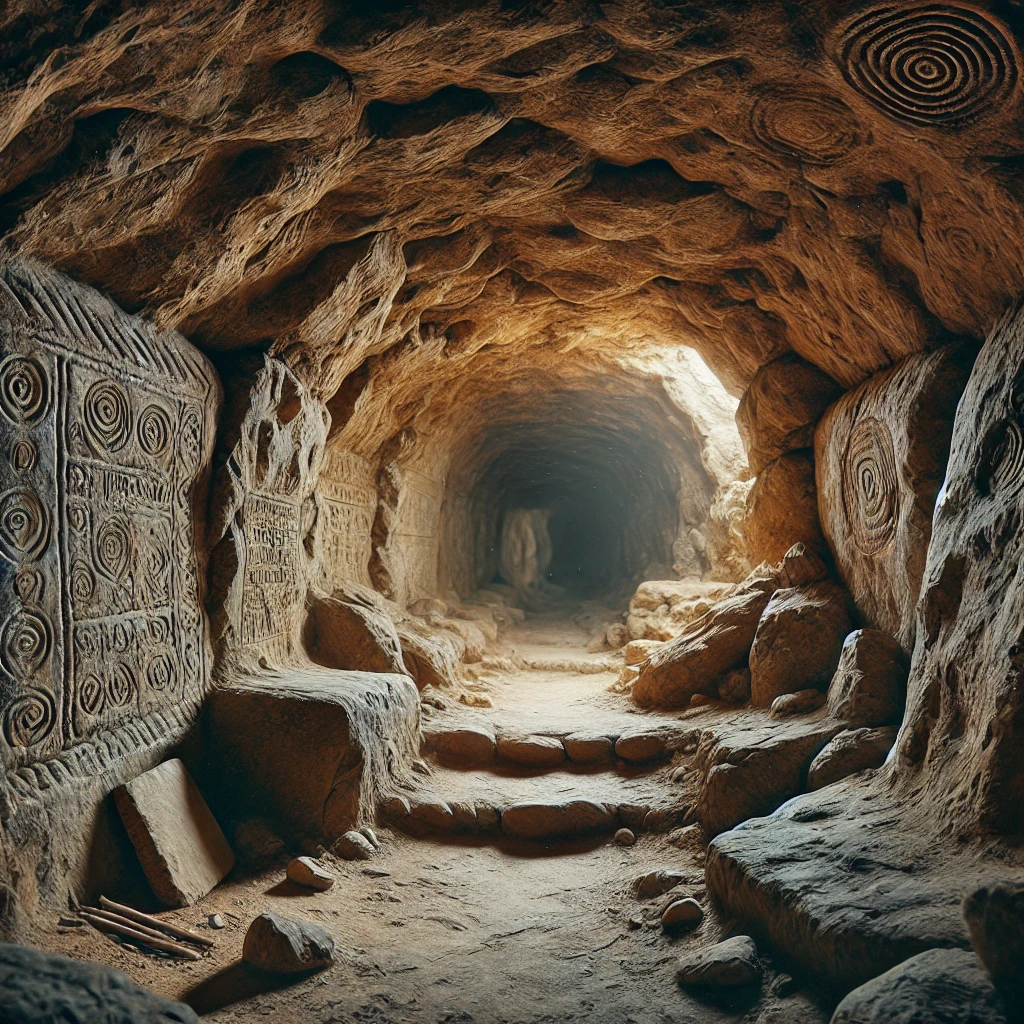Centuries-Old Myth Confirmed: Massive Underground Tunnel System Discovered Beneath Inca Capital Cusco

Archaeologists have uncovered a sprawling labyrinth beneath the former Inca capital of Cusco, Peru, potentially confirming a centuries-old legend about vast underground structures. The discovery, spearheaded by researchers Jorge Calero Flores and Mildred Fernández Palomino, has reignited fascination with the engineering prowess of the Inca civilization.
A Hidden World Beneath Cusco
The newly discovered tunnel system is believed to span over 1,700 meters (over one Mile), connecting some of the Inca Empire’s most significant cultural and religious sites. Among them are Coricancha, the “Solar-Halo” or Temple of the Sun, and the fortress of Saqsaywaman, located on the outskirts of the city.
Coricancha, a temple dedicated to Inti, the sun god, was a key spiritual center for the Inca, while Saqsaywaman was renowned for its massive stone walls and strategic importance. The tunnels appear to serve as hidden passageways linking these landmarks, underscoring the intricate planning and architectural sophistication of the Inca civilization.
The Role of Ancient Sources
Legends of an underground labyrinth in Cusco date back to the 16th and 17th centuries. Historical accounts described mysterious tunnels said to traverse the city and connect its most sacred sites, but for centuries, these claims were dismissed as myths or exaggerations.
Using a combination of historical documents, modern georadar technology, and acoustic tests, the research team successfully located the long-lost tunnels. “We analyzed documents from the 16th and 17th centuries, which helped guide us to the site,” the researchers told El Pais.
Cutting-Edge Technology Meets Ancient Mysteries
The use of advanced technology was crucial in uncovering the tunnels. Ground-penetrating radar (GPR) and seismic testing revealed the extent and depth of the structures, offering a detailed map of the labyrinth. This discovery not only confirms the tunnels’ existence but also provides insights into their construction and purpose.
Cultural and Historical Significance
The discovery of the tunnel system sheds new light on the Inca’s advanced engineering capabilities. The structures demonstrate an understanding of geology and architecture that enabled the creation of enduring underground networks. Researchers believe the tunnels may have served ceremonial or defensive purposes, further emphasizing the sophistication of the Inca Empire.
A Myth Turned Reality
The confirmation of Cusco’s underground labyrinth highlights the enduring power of oral traditions and historical records. What was once dismissed as legend has now been validated by modern science, opening the door to new investigations into the Inca civilization.
As the tunnels are further explored, researchers hope to uncover more about their original function and the people who built them. For now, the labyrinth beneath Cusco stands as a testament to the ingenuity and mystery of one of history’s greatest civilizations.




